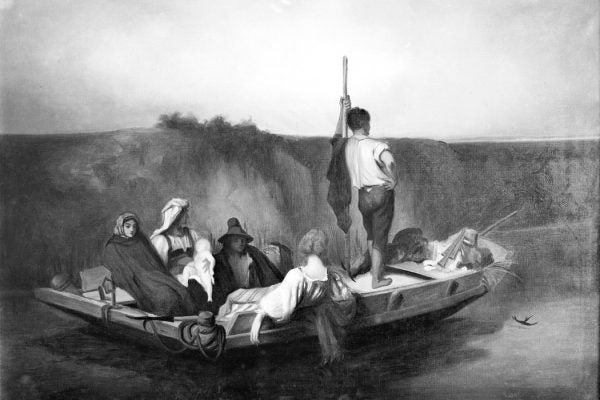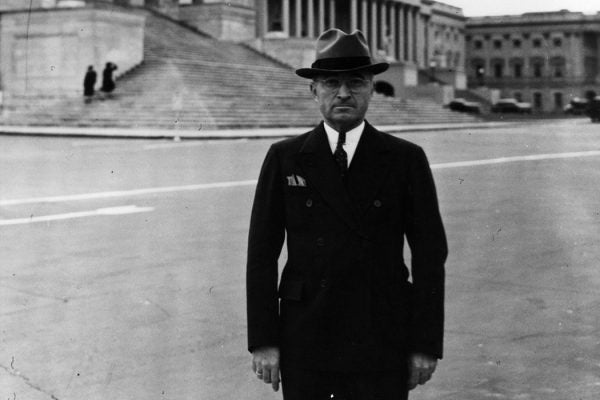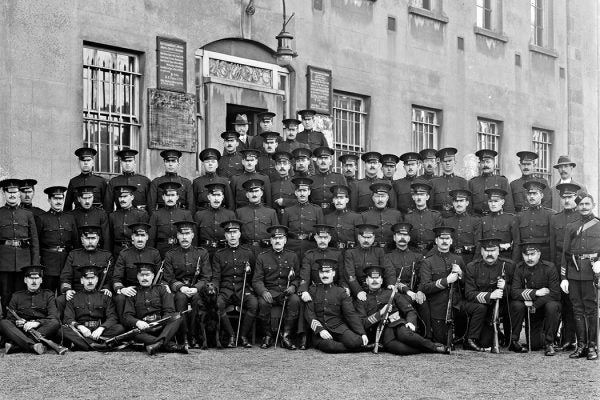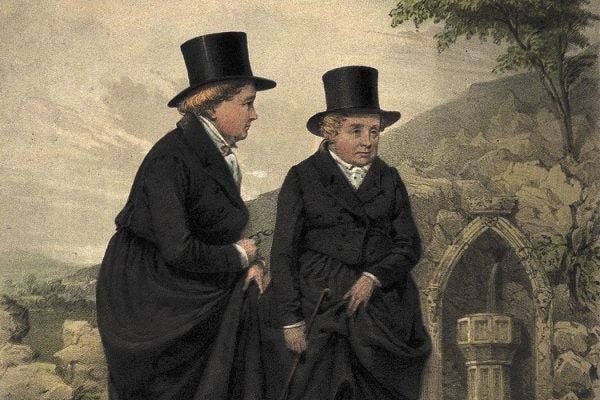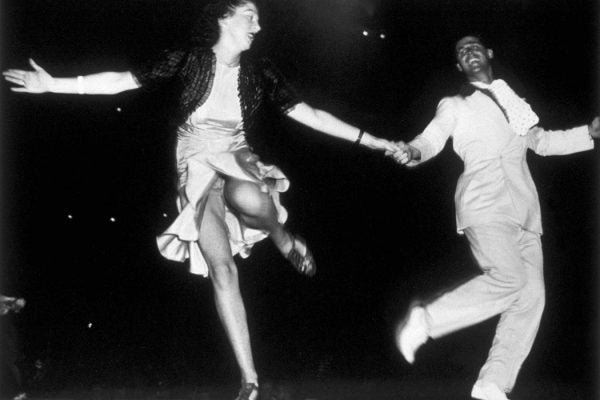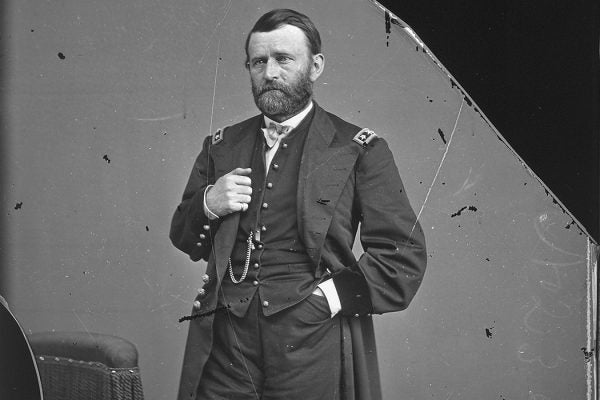Cracking the Malaria Mystery—from Marshes to Mosquirix
It took science centuries to understand malaria. Now we’re waiting to see how the 2019 vaccine pilot works.
How DIY Home Repair Became a Hobby for Men
It was only in the 20th century that toolboxes became staples in the homes of middle-class men.
How Harry Truman Rose to Fame Curbing War Profiteers
Right when the U.S. needed supplies for World War II, military contractors started overcharging. An obscure senator from Missouri challenged them.
How Tucson Enforced Its 1918 Mask Requirement
During the influenza pandemic, the Arizona city's police force fined and arrested people for not wearing face masks.
Britain’s World Police in Mandate Palestine
As colonized peoples challenged the imperial powers after World War I, British veterans were tapped to become a ruthless police force.
Who Were the Ladies of Llangollen?
Top hat connoisseurs, friends of princesses and poets, tchotchke models, dog lovers, cottage keepers...lesbians?
How People in the Depression Managed to Laugh
American popular culture flourished in the 1930s, despite the Great Depression. One thing that helped: artists being included in the New Deal.
Why Ulysses S. Grant Was More Important Than You Think
Grant’s presidency is often overlooked, but his accomplishments around civil rights are getting more consideration from historians.
Was Modern Art Really a CIA Psy-Op?
The number of MoMA-CIA crossovers is highly suspicious, to say the least.
